The answer is simple. Size, weight and use. When the Nikon Z 9 was announced, I was disappointed that size-wise, it followed in the footsteps of Nikon’s flagship DSLR cameras – big body with large grip and battery. I had hoped they’d make it more the size of the Z 6/7 series and offer an accessory handgrip. Then I started using it, and fell in love with that size for three main reasons – grip, easy access to controls and battery.
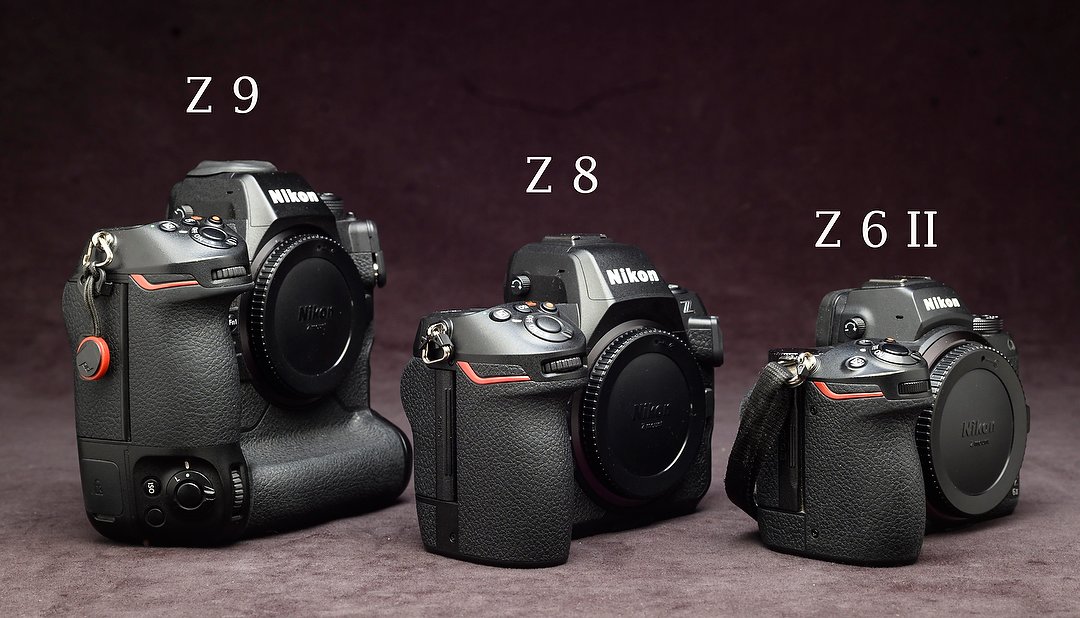
Here you can see the size difference between Nikon’s Z 9, Z 8, and the Z 6 II (the Z 6/7 series all share the same body size). Note the deeper grip on the Z 8 compared to the Z 6 II.
The Z 9’sgrip fit my hand perfectly, making it comfortable to use, even with a long lens for an extended period. With the smaller bodies, my hand would start cramping. Even adding a grip on a smaller camera didn’t help much. An accessory grip also meant more places water and dirt could get in, and couldn’t be sculpted to fit the hand as well. Plus, the Z 9’s extra size meant Nikon could add several buttons and controls that simply wouldn’t fit on an accessory grip. And that larger Z 9 battery? I could now cover an entire NFL game using just one, so that took away worrying about when I’d need to change batteries. And then there’s the weather sealing. I work really hard to protect my gear from rain and snow, but there are times when to get the photos, it’s going to get wet. I’ve put my two Z 9’s through some really bad conditions with no problems. Yes, I now have a pair of them. After using the first Z 9 for two months, I knew I had to get a second. It’s an amazing camera for sports, wildlife and bad weather. However, for the travel workshops I lead, as well as my other assignment work, it’s overkill. Enter the Nikon Z 8.
At the announcement two weeks ago, I (along with most other people) was shocked that Nikon put nearly all the great features from the Z 9 (best viewfinder experience around, amazing autofocus, high frame-rate plus Pre-release, same tilting screen, awesome night photography options, etc., etc.) in a smaller, lighter, less-expensive camera. Mine arrived yesterday, just two weeks after that announcement (thanks NPS!), and it lives up to its billing.
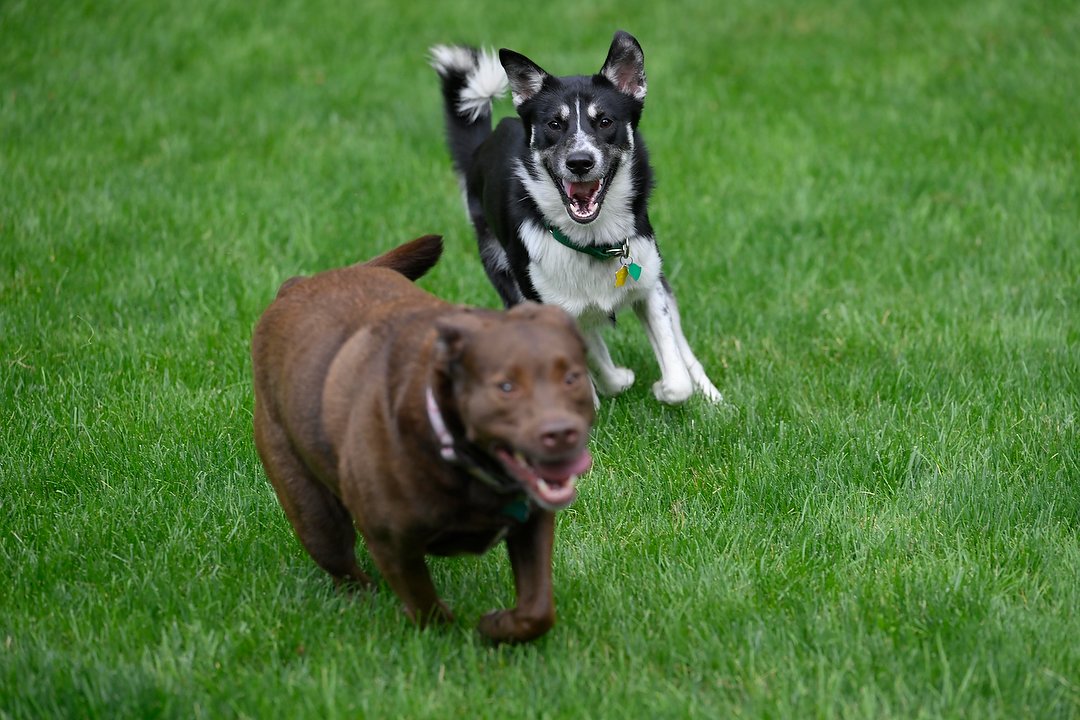
A few hours after getting the camera, I was out in our backyard using it. Shooting at 12 frames-per-second, in Auto Area AF and “Animal” selected in subject detection, it had no problem staying with our new dog Luna as she chased Finney. This is the original frame from the camera, untouched in software. Nikon Z 8, Aperture Priority, Natural Auto white balance, ISO 1600, 1/1600 at f/4 in Matrix metering, 0.0 EV, Nikkor Z 70-200mm f/2.8 VR S lens at 200mm.
The body is slightly larger than my Z 6 II, so more comfortable to hold. The button layout is almost the same, though I’ll miss a couple from the Z 9 that had to be left off (extra Fn button, separate Protect and Voice-tag buttons), as well as the excellent vertical-orientation buttons/dials built into the Z 9’s grip. Menus are essentially the same, though Nikon did add a few new things (including the ability to choose either vehicles OR planes separately in subject detection). And, they kept the 10-pin connector, which means I can still use my radio-controlled Nikon SB-5000 speedlights with the Z 8. Finally, the eyepiece is the same as well, so I can use my excellent Thinktank Hydrophobia rain cover with the same replacement eyepiece used with the Z 9.
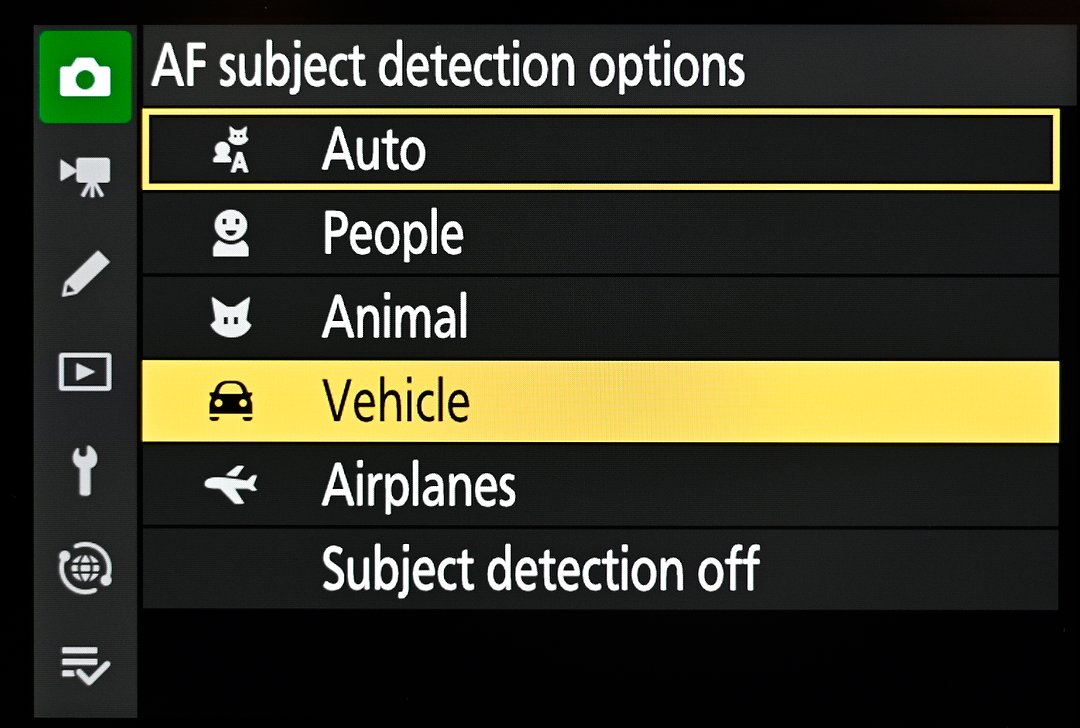
One update in the menus from the Z 9 is allowing the photographer the ability to specify either “Vehicle” or “Airplanes” in the subject detection options. Before, they were both covered by just one option.
The battery is smaller, of course, but Nikon’s followed their tradition of staying with the same form factor as much as possible. What’s that mean? Well, if you bought any Nikon camera (and there are a LOT of them) that used an EN-EL15, EN-EL15a, EN-EL15b, or EN-EL15c battery since 2013, you can use that same battery in the Z 8 in 2023. That’s pretty amazing. Yes, the newer batteries will last longer, and only the “b” or “c” variants can be charged in-camera. But for long-time Nikon users, this means less need to rush out and buy new batteries, and you can also use those older chargers. That’s good for both the users and the environment. Thanks, Nikon.
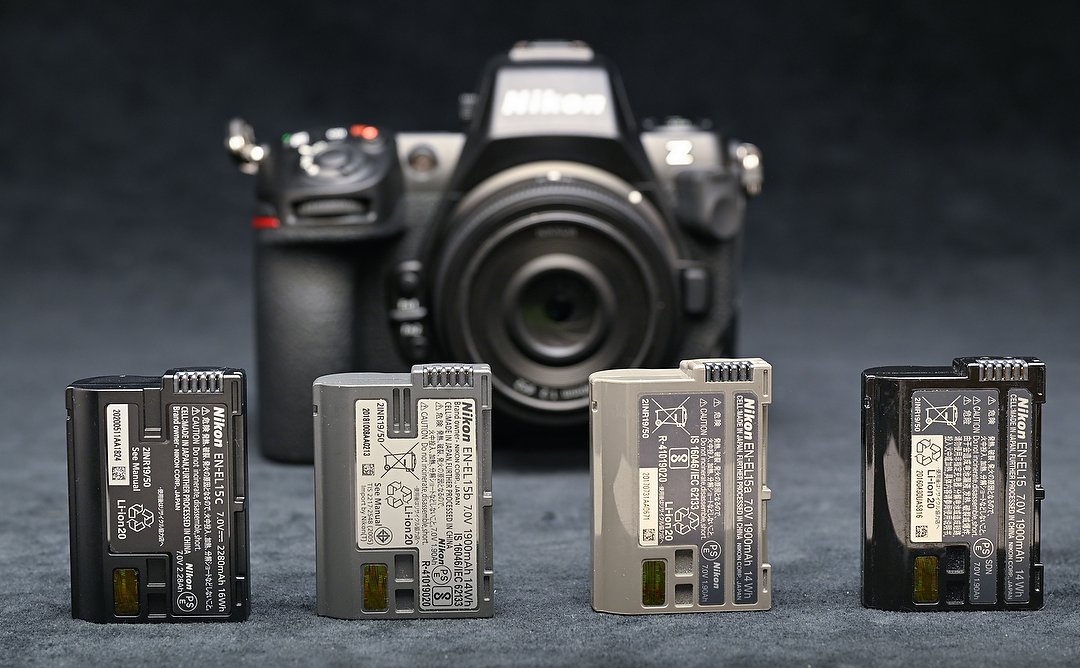
As a long-time Nikon user, I have all four models of this battery, going back ten years, and can use every one of them in the Z 8. And yes, I’ve already tried doing that.
The Z 8 still has two card slots, but in making the body smaller, Nikon removed the second CFexpress/XQD slot in favor of an SD one. For most people, this won’t matter. But if you plan on shooting long bursts at high frame rates while having the camera write to both cards, you’ll be limited by the speed of the SD card (which as of now, can’t match CFexpress). Thom Hogan has an excellent explanation of that here.
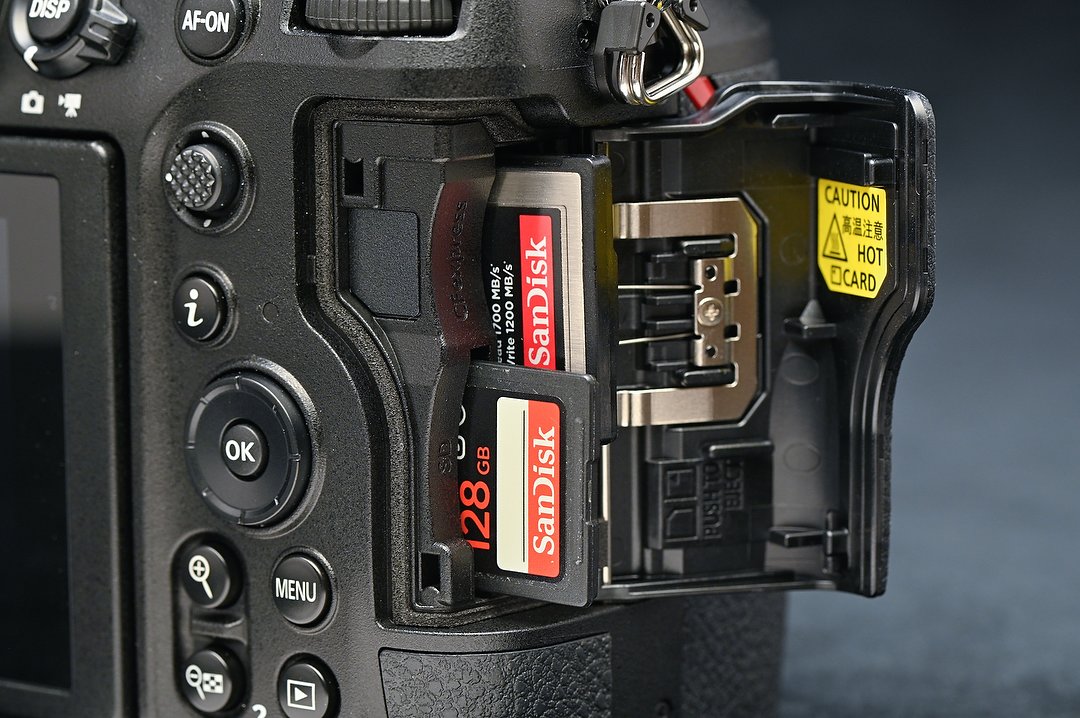
Making a smaller body meant downsizing the second card slot. And if you’re going to use that for backup, make sure you put the fastest SD card you can buy in it.
Has Nikon hit a home run? I think so. For me, it means I can take almost all of the Z 9’s excellent features when I travel, without the bulk of the Z 9 itself. Carrying it to Africa this summer on my safari workshop means a lighter bag for international travel without giving up the amazing autofocus performance and frame-rate of the Z 9. And as a backup camera, I’ll pack my Z 6 II, which is smaller still, but uses the same battery (and charger). Again, less to bring.
For those Nikon users who’ve been waiting to shift to mirrorless, if they can justify the price, they’ll love the capabilities and features of the Z 8. For those who can’t justify the price, just wait a little longer. Nikon’s sure to push many (though certainly not all) of those features into an even smaller, lighter camera. Z 6/7 III anyone?
(If you like this story, please share it with your friends and let them know about the links on photography that I post on my business Facebook page. I’m also on Instagram and Twitter, @reedhoffmann. And if you’re curious about the workshops I teach, you can find them here. And, you can subscribe to this blog on my home page.)

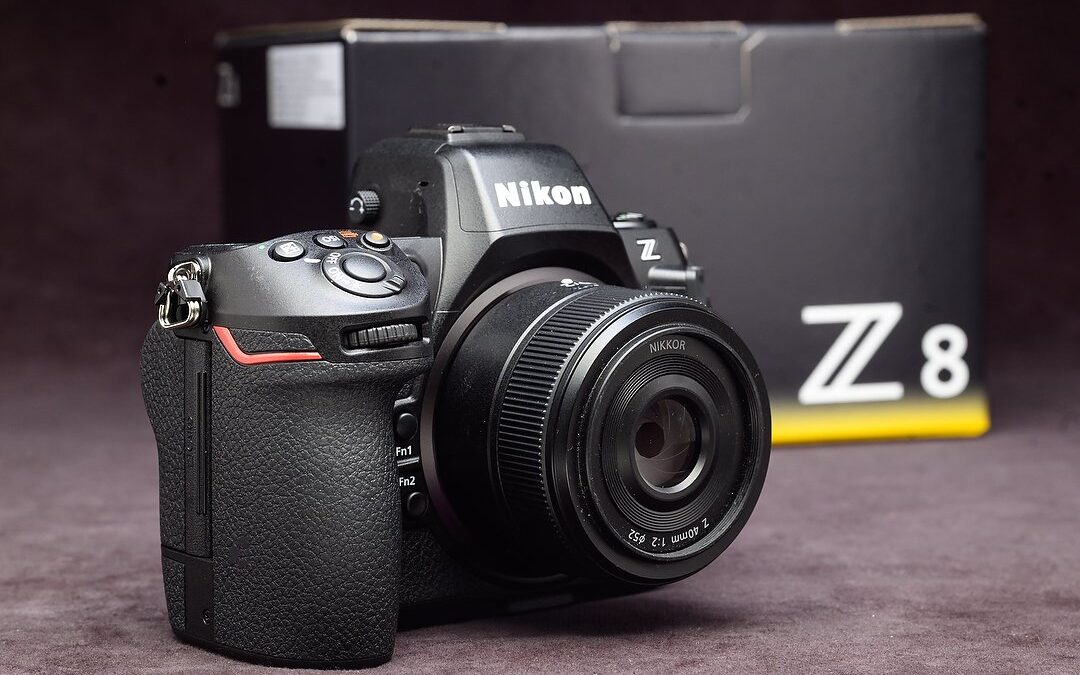
Great comments on an amazing camera!